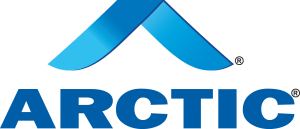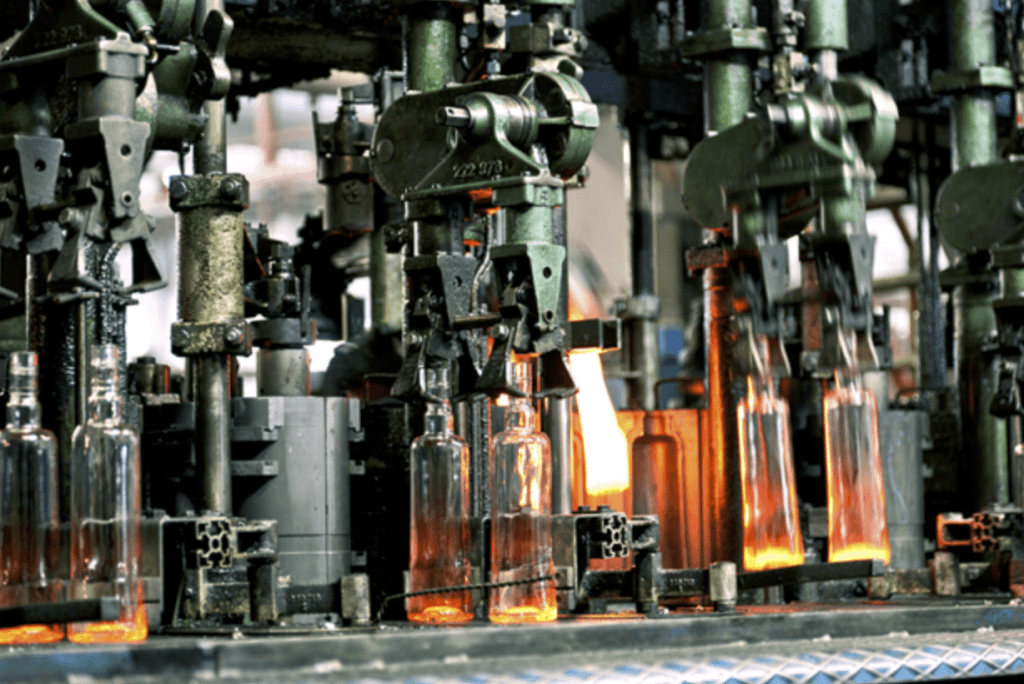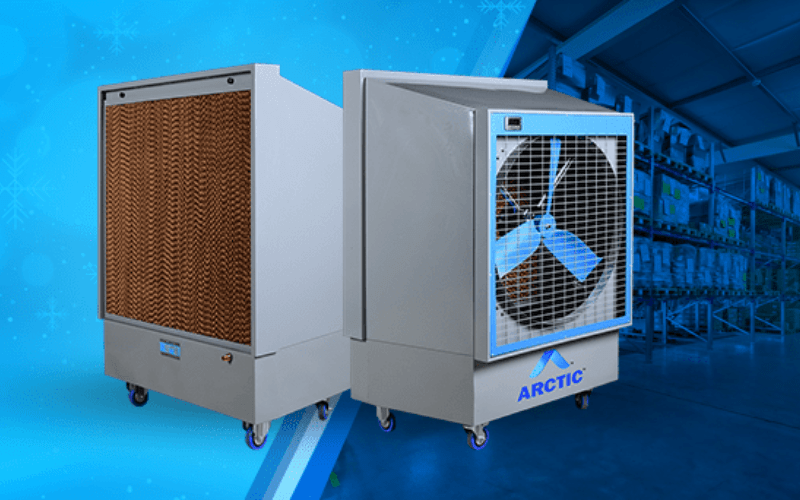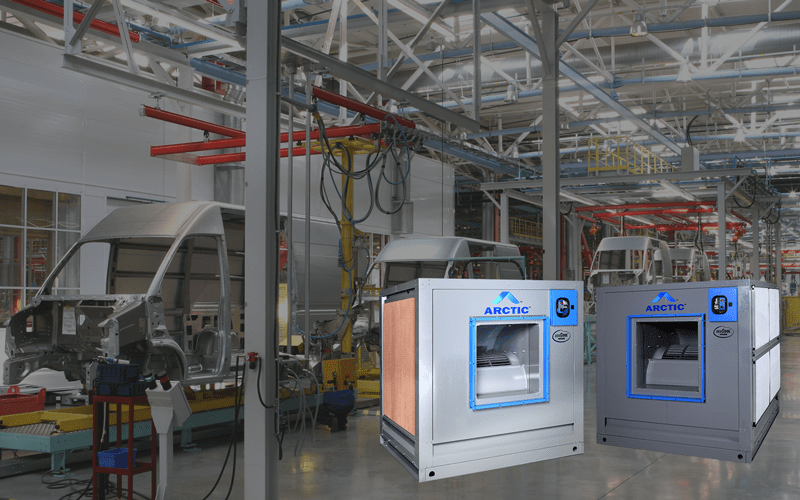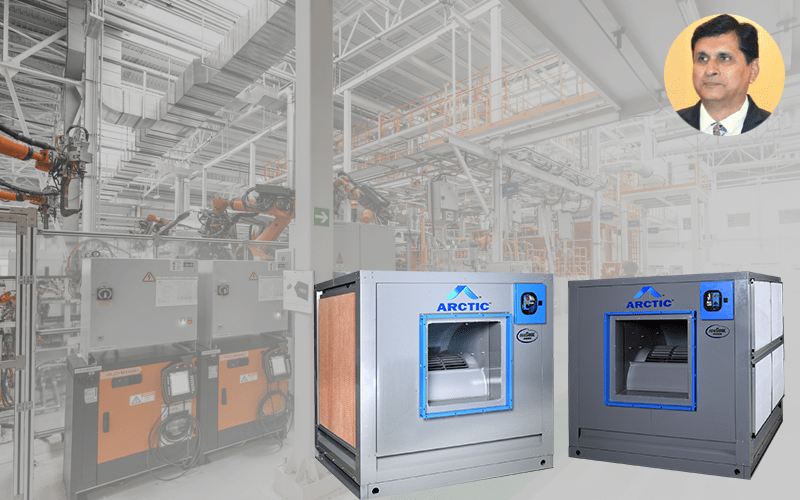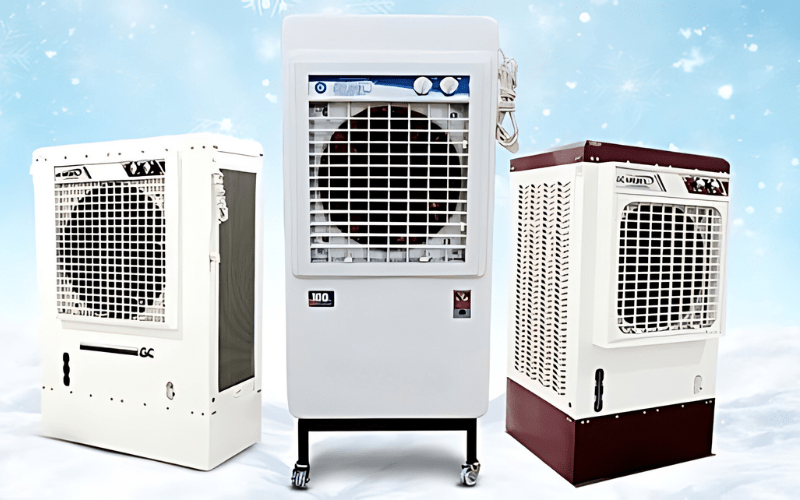Problems with workplace heat are more prevalent than ever in many places. The average ambient temperature during the warm seasons is typically greater than in the last few decades. Even if there are only slight variances, they have the potential to impact industrial workplaces significantly. Workers now wear more protective equipment than they did in the past, such as helmets, masks, and other protective gear, as there is a greater focus on employee safety. As a result, working in hot environments is more challenging and occasionally stressful.
The Problem Of Heat In Glass Manufacturing Plants
Due to processing requirements, complex installation and operation of cooling and heating units, many industrial facilities need to create a comfortable environment for employees. Many businesses now work longer shifts, raising concerns about worker weariness. Many manufacturing facilities and warehousing operations have established higher output or product handling targets to remain competitive. This pressure means that staff must work at a quicker physical pace, even during the warmest times of the year.
Worker tiredness, heat cramps, and more severe issues like heat exhaustion and heat stroke are all exacerbated by excessive heat. Excessive workplace heat can cause poor memory, loss of concentration, a short attention span, carelessness, and trouble following directions even when no health issues are present. Improving the thermal conditions in industrial buildings is essential for the workers and helps them be more productive.
Ventilation Might Not Be Sufficient
HVAC experts recommend three basic approaches to provide cooling for modern manufacturing facilities, either separately or in combination, to create a hybrid approach. These include mechanical evaporative cooling, ventilation, and air conditioning based on refrigeration. Traditional cooling techniques have included opening windows and doors and using fans to increase airflow in work areas. This strategy could still be appropriate in some sectors of the economy. Still, it frequently raises questions about the safety of exposing delicate production equipment and goods to erratic outdoor air quality.
With this regular cooling, dust, insects, and toxins from inside the structure can be introduced and circulated throughout the plant. Furthermore, if the air outside is heated, it might not be a better option than the current atmosphere. Unavoidable heat exposure exists in industries like glass manufacturing. In these scenarios, employees must have as little harmful heat exposure as possible and have access to nearby cooler zones for rotation.
Identifying Effective And Environment-Friendly Cooling Solutions
Industry owners may only be able to achieve the overall building design goals if they give adequate attention to indoor air quality while pursuing other energy efficiency goals. Due to its capacity to meet the demands of facility cooling without the significant capital and operating expenditures associated with the other two cooling systems, evaporative cooling has grown to be the most popular.
Evaporative cooling systems circulate cool, fresh air throughout a building while expelling stale, heated air, unlike air conditioning systems that employ re-circulated air. After flowing through the water to cool it, a fan circulates the outside air throughout the structure. Evaporative cooling comes in two flavors: direct and indirect. A direct system is the simplest and most often used evaporative cooling system. The most sophisticated cooling system that uses evaporative cooling technology is a two-stage cooling system, often known as “indirect/direct” cooling.
Indirect Evaporative Cooling Benefits
This method prevents the direct mixing of exterior and internal airstreams by cooling an interior environment with outside air. Internal air is pulled from the room and circulated through the heat recovery unit before being reintroduced into the space. Cool outside air is drawn through the heat recovery unit and promptly exhausted. Thus, without the two streams directly mixing, the heat recovery unit transfers the cold thermal energy from the outside air to the interior air. By doing this, the system’s capacity increases and becomes efficient even when the outside temperature is higher than the ideal interior room temperature.
This approach is suitable for critical conditions since there is little chance that exterior pollutants will harm the internal atmosphere because the interior air never mixes with the outside air. Additionally, it enables the outdoor air stream to pass through the heat recovery unit at a velocity far higher than the air being circulated within, “stealing” even more cooling from the system. Since it is unaffected by external humidity or the evaporative economizer process, indoor humidity remains constant.
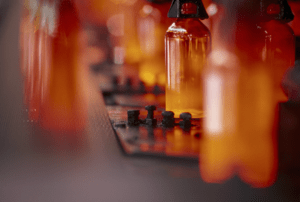
Indirect evaporative coolers consume the same amount of power regardless of how hot it is outside and continue to provide 100% fresh, cold air inside. Therefore, when the heat is at its peak, indirect evaporative coolers’ capacity for cost-saving actually increases. This technology helps maintain ideal interior air quality while reducing the danger of toxins and pollution from outside entering the premises.
How To Design The Most Effective Cooling Solution With High Return On Investment (ROI) For Glass Manufacturing Environment?
To help you design and install the most effective indirect evaporative cooling system for your industrial facility, we encourage you to consult with ARCTIC cooling experts who can help meticulously evaluate the building’s architecture.
The ARCTIC cooling experts have extensive experience collaborating with Architects and Facility Managers to help design the most appropriate cooling infrastructure for each building segment.
Indirect evaporative cooling technology can be utilized in any environment and industry sector thanks to its demonstrated cheap initial costs and long-term low operating expenses. This is true regardless of the size of your facilities or if any shutter doors or windows are open. While indirect evaporative cooling can be used in almost any industry sector, it undoubtedly benefits glass manufacturers the most.
To reduce total heat, many glass manufacturing enterprises continue to use open doors and general ventilation systems, according to our experience. But this frequently leads to stifling conditions with little to no air movement, especially during the hotter summer months, along with extremely high energy expenditures. Indirect evaporative cooling can resolve these issues with amazing energy efficiency and incredible cost reduction by combining cooling and well-placed ventilation.
About The Arctic Range Of Evaporative Coolers
Desiccant Rotors International (DRI), an innovation leader, manufactures the ARCTIC range of evaporative coolers. DRI is a member of the Pahwa Group, an industry leader with more than 100 patent applications worldwide, with more than 57 patents already awarded or authorized for energy smart technology. The ARCTIC brand, which offers the widest selection of products in the world, has a high reputation for its focus on consumer needs. The “Green” products from DRI help optimize the energy efficiency of the air-cooling systems used in all kinds of industrial buildings.
DRI Arctic Coolers uses EcoCool Evaporative Cooling Pads, well known in the industry for their low maintenance, high absorption, and consistent performance over a long lifespan. The ARCTIC InDirect Evaporative Cooler is ideal for cooling across wide expanses in the glass industry since it has sturdy, rustproof metal bodies. This product is reputed to have the strongest air throw, which ensures adequate air supply for cooling large spaces. Due to the easy availability of replacement parts through national and international networks, maintaining ARCTIC products is stress-free. Call us immediately to arrange a meeting with our factory cooling specialists.
